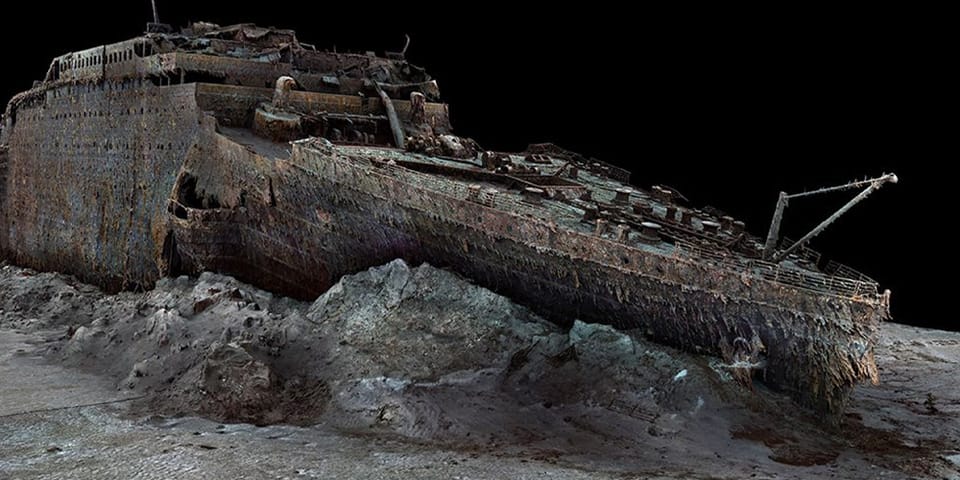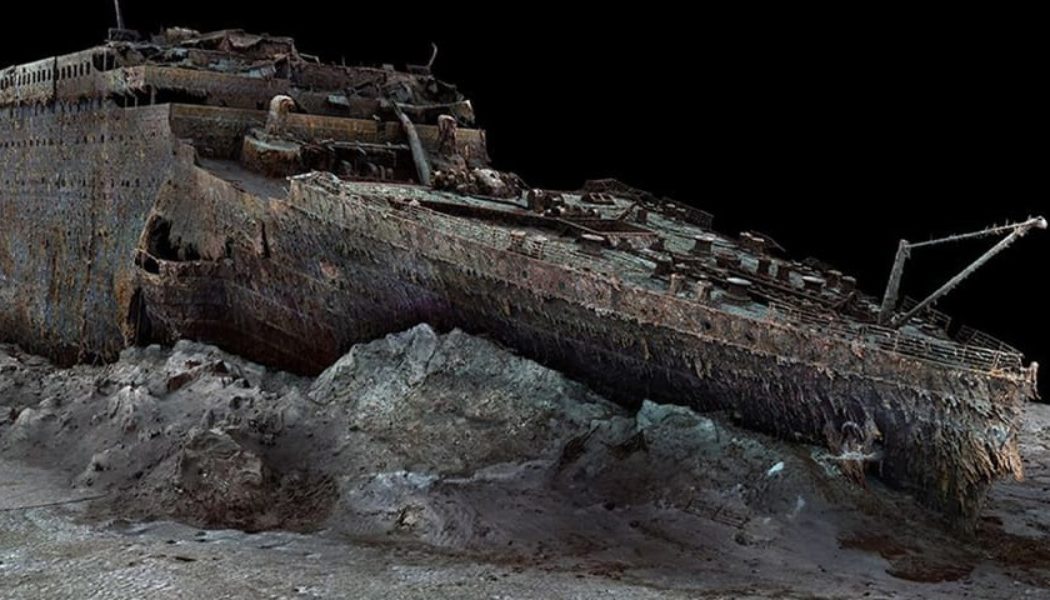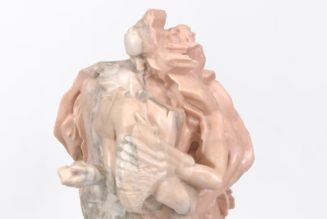
The RMS Titanic has captured our collective imagination for more than a century. As one of the largest and most opulent ships of its time, the ship was once thought to be unsinkable. However, in the early morning hours of April 15, 1912, the unthinkable happened on her maiden journey from Southampton to New York when it struck a massive iceberg. Sinking in less than three hours, the 883-foot ocean liner quickly descended to the bottom of the ocean where it now rests.
Earlier this year, a team ventured to the original site to capture never-before-scene footage of the shipwreck. Just a few months later, deep water specialist Magellan in partnership with Atlantic Productions, made yet another journey to scan the Titanic in its entirety, creating a digital twin in impressive detail. The exact condition of the wreck, which has now split in two, has now been revealed and the surrounding 3-mile debris field featuring unopened champagne bottles and various personal possessions has also been precisely mapped.
“There are still questions, basic questions, that need to be answered about the ship,” Parks Stephenson, a Titanic analyst, told BBC News which first broke the footage.
The scans were taken during a six-week expedition in the Summer of 2022. Heading 700km off the coast of Canada, two submersibles named Romeo and Juliet headed 3,800 meters (12,500 feet) below the surface to map every millimeter of the wreck down to the engraving on the propellors. The entire site was said to be treated with the utmost respect for the ones lost, with a flower-laying ceremony carried out and the entire site itself left undisturbed. In total, 16TB of data from the wreckage was gathered with more than 700,000 images taken from every angle. As the ship gradually disintegrates, the new scans look to shed light on exactly how the ship went down.
“We really don’t understand the character of the collision with the iceberg. We don’t even know if she hit it along the starboard side, as is shown in all the movies – she might have grounded on the iceberg,” explained researcher Parks Stephenson.
‘We now have every rivet of the Titanic’
Andrew Geffen from Atlantic Productions spoke to #BBCBreakfast after about the first full-sized digital scan of the Titanic which has been created using deep-sea mapping.https://t.co/DZyzkoSRd7 pic.twitter.com/jCveKN0Zxf
— BBC Breakfast (@BBCBreakfast) May 17, 2023
El primer escaneado en 3D del Titanic revela restos inéditos del naufragio. Esta tecnología puede ayudar a determinar con mayor precisión las condiciones del famoso hundimiento del transatlántico en 1912 https://t.co/QKD4Hxk5z3
? Atlantic Productions/Magellan pic.twitter.com/oibk4HAe70
— EL PAÍS (@el_pais) May 17, 2023
In other news, URB unveils the world’s largest ocean restoration project in Dubai.









